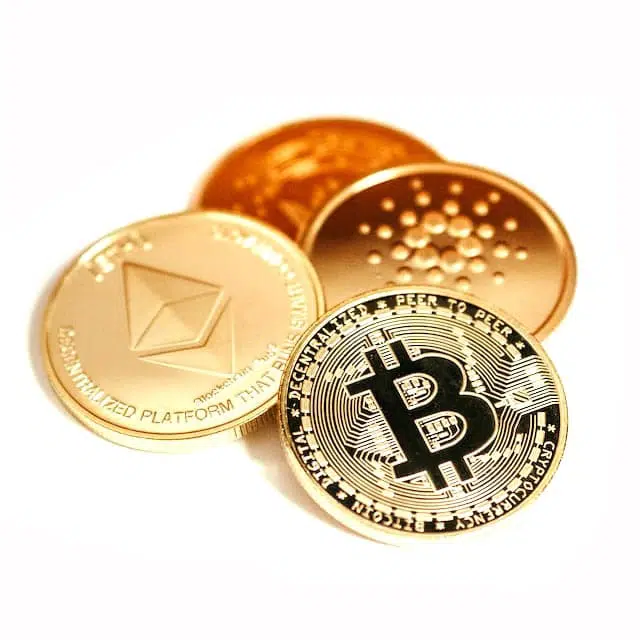The Federal Reserve seeks to work closely with private-sector instant-payment services and plans to carve out a regulatory role to govern developments in stablecoins, a top official at the Fed said Friday.
The remarks come in the wake of the Fed’s launch in July of its FedNow real-time payments network. “I view the FedNow service as complementary to the private-sector instant payments services offered today, and as banks build on these rails, customers can get better service,” said Michael S. Barr, vice chair for supervision at the Fed. His remarks came at a meeting held at the Federal Reserve Bank of Philadelphia.
A number of private-sector rails have been built in recent years to deliver instant payments, among them the Real Time Payments network launched in 2017 by The Clearing House Payments Co., a platform owned by 20 major banks.

But while FedNow may be “complementary” to private-sector efforts, it is nonetheless filling a strong market need, Barr insisted. “While the Fedwire Funds Service and ACH transactions have served the economy well for decades, the economy has changed dramatically over that time,” Barr told the Philadelphia Fed audience, which had met for an annual fintech conference. “There is a demand for faster payments, and the Fed has recognized that today’s households and businesses would benefit from ready availability of funds 24×7.”
Barr predicted steady growth for the fledgling service. “While current volumes on FedNow are small, I expect that participation will grow over time and be a significant addition to, and advance on, the existing payments infrastructure,” he said. But decisions on how widely available the service will be rest with financial institutions, he added. “We have provided the rails. Innovation by private depository institutions will determine whether these services reach a broad range of households and businesses,” he told the audience.
On another pressing topic, Barr indicated the Fed is working to better understand the role of a potential Fed-backed digital dollar, also known as a central bank digital currency. “We continue to speak to a broad range of stakeholders and conduct basic research in emerging technologies that might support a CBDC payments backbone, or for other purposes in the existing payments system,” he said.
But he cautioned it’s very early days at the Fed on this subject, with no clear path yet decided upon. “The Federal Reserve has made no decision on issuing a CBDC and would only proceed with the issuance of a CBDC with clear support from the executive branch and authorizing legislation from Congress,” he said. “In my view, as both the issuer of U.S. currency and an operator in the payments system, the Federal Reserve must understand these developments and the tradeoffs they introduce.”
The Fed has already embarked on initiatives to gain that understanding, he indicated. “For example, the Fed’s CBDC research program is currently focused on system architecture, notably how ledgers that record ownership of and transactions in digital assets are maintained, secured, and verified, as well as tokenization models—that is, the design of the digital analog to the paper bank note that permits a transfer of value between two parties without direct facilitation by the issuing central bank,” he said.
The Fed’s stance on stablecoins—private-sector tokens whose value is tied to the dollar or some other national currency—is, however, considerably more skeptical, Barr indicated.
“Stablecoins are a form of money, and the ultimate source of credibility in money is the central bank,” he said. “If non-federally regulated stablecoins were to become a widespread means of payment and store of value, they could pose significant risks to financial stability, monetary policy, and the U.S. payments system. It is important to get the legislative and regulatory framework right.”
Barr said that “regulatory framework” is already under construction with a “novel activities supervision program” having been initiated at the Fed last month. “At present, these activities [under review] include those involving crypto-assets, distributed ledger technology, and complex technology-driven bank partnerships with nonbank fintechs,” he said. “That said, this program will grow as new technologies emerge.”
Stablecoins in particular, Barr said, will be closely examined in the context of the impact they could have on the trust the Fed and the banks it supervises must maintain. “When [stablecoins are] also used as a means of payment and a store of value, it borrows the trust of the central bank,” he told the audience. “So, the Federal Reserve has a strong interest in ensuring that any stablecoin offerings operate within an appropriate federal prudential oversight framework, so they do not threaten financial stability or payments-system integrity.”





